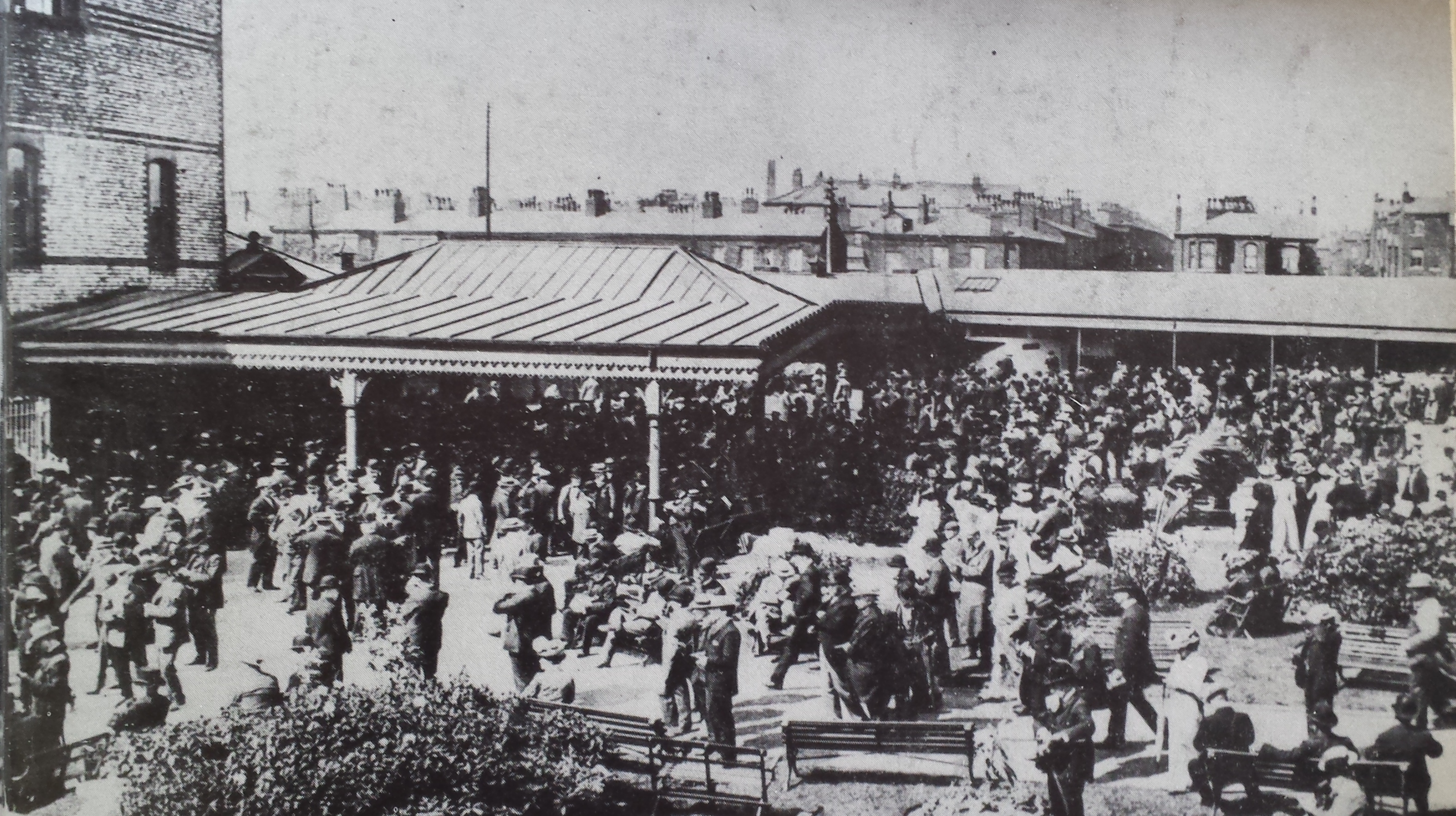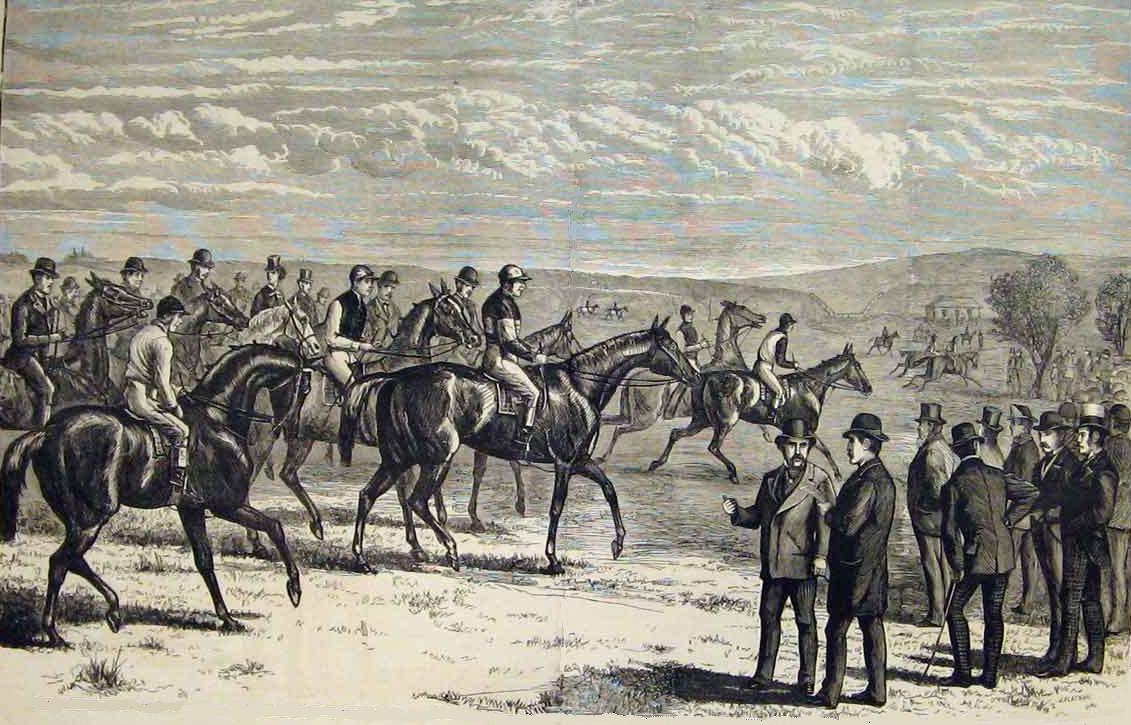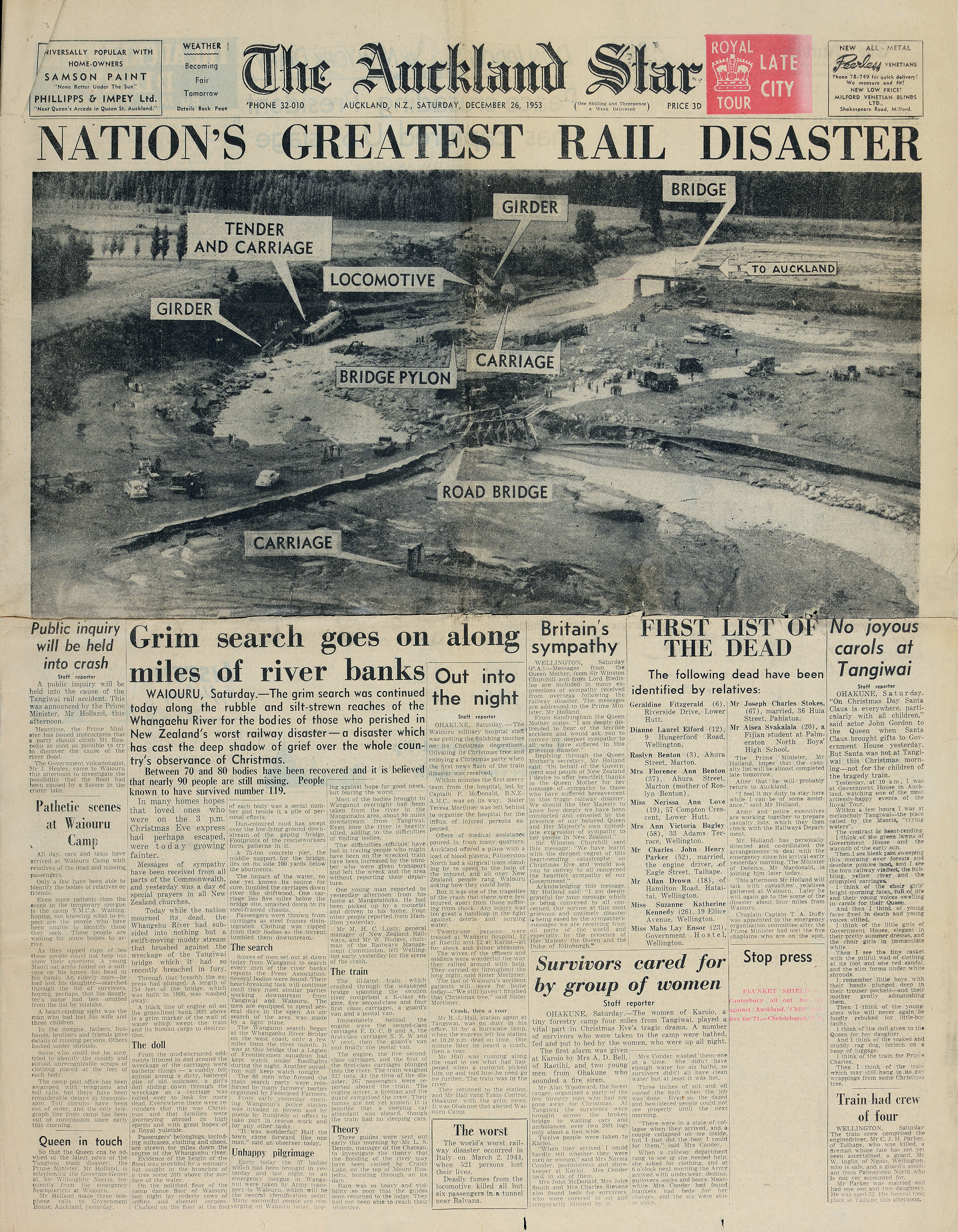|
Polemarch (horse)
Polemarch (1918 – after 1937) was a British Thoroughbred racehorse and sire. He showed considerable promise as a two-year-old in 1920 when he won the Gimcrack Stakes and the Rous Plate as well as finishing third in the Middle Park Stakes. In the following year he won the Knowsley Dinner Stakes and the Great Northern Leger but appeared to have been exposed as some way short of top class before he recorded a 50/1 upset victory in the St Leger. In 1922 he became increasingly temperamental and difficult to manage and failed to win or place in five starts. He was then sold and exported to Argentina where he had considerable success of a breeding stallion. Background Polemarch was a "leggy" chestnut horse with a white blaze bred and owned by Charles Vane-Tempest-Stewart, 7th Marquess of Londonderry. He was initially sent into training with Captain R H Dewhurst at his Bedford Lodge stable in Newmarket, Suffolk. Polemarch was an unusually late foal, being born on 3 June 1918. He ... [...More Info...] [...Related Items...] OR: [Wikipedia] [Google] [Baidu] |
The Tetrarch
The Tetrarch (1911–1935) was an Irish-bred, British-trained Thoroughbred racehorse. He was undefeated in a racing career of seven starts and was voted the best British-trained two-year-old of the 20th century according to the National Horseracing Museum. He did not race after 1913 and was retired to stud where he became an influential sire. Breeding Foaled at Straffan Station Stud, near Ardclough, in County Kildare in Ireland, he was sired by Roi Herode (France) out of Vahren. His damsire (Bona Vista) was by Bend Or (after whom Bend-Or spots are named). The Tetrarch was a gangly and less-than-attractive colt whose grey coat was sprinkled with white blotches. Dismissed as having no racing potential by some buyers, he was ultimately sold by his breeder to Major Dermot McCalmont and placed under the care of trainer Atty Persse. Racing record and legacy Sent to the track as a two-year-old, under jockey Steve Donoghue The Tetrarch easily defeated his competition. Quickly d ... [...More Info...] [...Related Items...] OR: [Wikipedia] [Google] [Baidu] |
Aintree Racecourse
Aintree Racecourse is a horse racing, racecourse in Aintree, Metropolitan Borough of Sefton, Merseyside, England, bordering the city of Liverpool. The racecourse is the venue for the Grand National steeplechase (horse racing), steeplechase, which takes place annually in April over three days. Aintree also holds meetings in May and June (both on Friday evenings), October (Sunday), November and December (both Saturdays). History of the course Horse racing was popular in Liverpool from at least Tudor dynasty, Tudor times, In the 18th century Nicholas Blundell organised races on the sands at Crosby, Merseyside, Crosby. In 1829, William Lynn, the owner of the Waterloo Hotel in Ranelagh Street, Liverpool, approached the Second Earl of Sefton, William Molyneux, 2nd Earl of Sefton, William Philip Molyneux, whose nickname was 'Lord Dashalong', about leasing land to organise flat racing. Lord Sefton liked racing, so he agreed. He laid the foundation stone on 7 February 1829, and place ... [...More Info...] [...Related Items...] OR: [Wikipedia] [Google] [Baidu] |
Manchester Racecourse
Manchester Racecourse was a venue for horse racing located at a number of sites around the Manchester area including; Kersal Moor, New Barnes, Weaste and Castle Irwell, Pendleton, then in Lancashire. The final home of the course, Castle Irwell, was closed in 1963. Despite its name, the course was never actually located within the boundaries of the ancient township of Manchester or the subsequent city of Manchester. Location and history The earliest known horse races in the Manchester area were run at Barlow Moor, first recorded in 1647, and again from 1697 to 1701 and the earliest record of horse-racing on Kersal Moor is from a notice in the '' London Gazette'' of 2–5 May 1687.Farrer, William and Brownbill, J. (editors) (1911). 'Townships: Broughton', ''A History of the County of Lancaster'': Volume 4, pp. 217–222. URL: http://www.british-history.ac.uk/report.aspx?compid=41408. Date accessed: 20 February 2008 There were a number of other short-lived courses or on ... [...More Info...] [...Related Items...] OR: [Wikipedia] [Google] [Baidu] |
2000 Guineas
The 2000 Guineas Stakes is a Group 1 flat race in Great Britain open to three-year-old thoroughbred colts and fillies. It is run on the Rowley Mile at Newmarket over a distance of 1 mile (1,609 metres) and scheduled to take place each year at the start of May. It is one of Britain's five Classic races, and at present it is the first to be run in the year. It also serves as the opening leg of the Triple Crown, followed by the Derby and the St Leger, although the feat of winning all three has been rarely attempted in recent decades. History The 2000 Guineas Stakes was first run on 18 April 1809, and it preceded the introduction of a version for fillies only, the 1000 Guineas Stakes, by five years. Both races were established by the Jockey Club under the direction of Sir Charles Bunbury, who had earlier co-founded the Derby at Epsom. The races were named according to their original prize funds ( ... [...More Info...] [...Related Items...] OR: [Wikipedia] [Google] [Baidu] |
Craig An Eran
Craig an Eran (1918 – 1945) was a British Thoroughbred racehorse and sire. He failed to win as a two-year-old but improved to become one of the best in England in 1921. He won the 2000 Guineas, St James's Palace Stakes and Eclipse Stakes as well as finishing second in the Epsom Derby and fourth in the St Leger. After his retirement from racing he became a successful breeding stallion whose offspring included April the Fifth and Mon Talisman. Background Craig an Eran was a bay horse bred in the United Kingdom by his owner Waldorf Astor, 2nd Viscount Astor. He was sent into training with Alec Taylor, Jr. at his stable at Manton, Wiltshire. He was from the sixth crop of foals sired by Sunstar who won the 2000 Guineas and the Epsom Derby in 1911 before his career was ended by injury. Craig an Eran's dam Maid of the Mist was a daughter of Sceptre and an influential broodmare in her own right, who also produced the Epsom Oaks winner Sunny Jane. Her other descendants hav ... [...More Info...] [...Related Items...] OR: [Wikipedia] [Google] [Baidu] |
Waldorf Astor, 2nd Viscount Astor
Waldorf Astor, 2nd Viscount Astor, DL (19 May 1879 – 30 September 1952) was an American-born English politician and newspaper proprietor. He was a member of the Astor family. He was active in minor political roles. He was devoted to charitable projects, and with his more famous wife Nancy became a prominent fixture in upper class English society. Early life Astor was born in New York City. He was the eldest son of William Waldorf Astor, 1st Viscount Astor, and Mary Dahlgren Paul. His younger brothers were John Rudolph Astor (who died young) and John Jacob Astor V, Baron Astor of Hever. He spent much of his life traveling and living in Europe before his family settled in England in 1889. There Waldorf attended Eton College and New College, Oxford, where he excelled as a sportsman, earning accolades for both fencing and polo.R. J. Q. Adams, "Astor, Waldorf, second Viscount Astor", in ''The Oxford Dictionary of National Biography'', H. C. G. Matthew and Brian Harrison, eds. (O ... [...More Info...] [...Related Items...] OR: [Wikipedia] [Google] [Baidu] |
Auckland Star
The ''Auckland Star'' was an evening daily newspaper published in Auckland, New Zealand, from 24 March 1870 to 16 August 1991. Survived by its Sunday edition, the ''Sunday Star'', part of its name endures in ''The Sunday Star-Times'', created in the 1994 merger of the ''Dominion Sunday Times'' and the ''Sunday Star''. Originally published as the ''Evening Star'' from 24 March 1870 to 7 March 1879, the paper continued as the ''Auckland Evening Star'' between 8 March 1879 and 12 April 1887, and from then on as the ''Auckland Star''. One of the paper's notable investigative journalists was Pat Booth, who was responsible for notable coverage of the Crewe murders and the eventual exoneration of Arthur Allan Thomas. Booth and the paper extensively reported on the Mr Asia case. In 1987, the owners of the ''Star'' launched a morning newspaper to more directly compete with ''The New Zealand Herald''. The ''Auckland Sun'' was affected by the 1987 stock market crash and folded a year l ... [...More Info...] [...Related Items...] OR: [Wikipedia] [Google] [Baidu] |
Otago Witness
The ''Otago Witness'' was a prominent illustrated weekly newspaper in the early years of the European settlement of New Zealand, produced in Dunedin, the provincial capital of Otago. Published weekly it existed from 1851 to 1932. The introduction of the Otago Daily Times followed by other daily newspapers in its circulation area lead it to focus on serving a rural readership in the lower South Island where poor road access prevented newspapers being delivered daily. It also provided an outlet for local fiction writers. It is notable as the first newspaper to use illustrations and photographs and was the first New Zealand newspaper to provide a correspondence column for children, which was known as "Dot's Little Folk". Together with the Auckland based ''Weekly News'' and the Wellington based ''New Zealand Free Lance'' it was one of the most significant illustrated weekly New Zealand newspapers in the 19th and early 20th centuries. History Background Nine months after the first immi ... [...More Info...] [...Related Items...] OR: [Wikipedia] [Google] [Baidu] |
Middle Park Plate
The Middle Park Stakes is a Group 1 flat horse race in Great Britain open to two-year-old colts. It is run on the Rowley Mile at Newmarket over a distance of 6 furlongs (1,207 metres), and it is scheduled to take place each year in September. History The event was founded by William Blenkiron, and it is named after his stud at Eltham. It was established in 1866, and was initially titled the Middle Park Plate. It was originally open to horses of either gender. The race was formerly staged during Newmarket's Cambridgeshire Meeting in late September or early October. It was restricted to colts in 1987. It became part of a new fixture called Future Champions Day in 2011. From 2015, the Middle Park Stakes was moved from Future Champions Day and brought forward two weeks, returning to the Cambridgeshire meeting, to avoid a clash with the similar Dewhurst Stakes. The Middle Park Stakes was added to the Breeders' Cup Challenge series in ... [...More Info...] [...Related Items...] OR: [Wikipedia] [Google] [Baidu] |
Humorist (horse)
Humorist (1918–1921) was a British Thoroughbred racehorse. He was a leading two-year-old in 1920 and finished third in the 1921 2000 Guineas before winning the Derby at Epsom. Less than three weeks after the Derby, Humorist died in his stable from a lung haemorrhage caused by a tubercular condition. Background Humorist was a "beautiful, rather delicate" chestnut colt with a broad white blaze and a “kind and intelligent” temperament. He was bred by his owner Jack Joel, who sent him to his private trainer Charles Morton at Letcombe Bassett in Berkshire. Humorist's sire, Polymelus, was a good racehorse who won the Champion Stakes in 1906, but went on to much greater success as a stallion. Apart from Humorist, he sired the Derby winners Pommern and Fifinella and through his son Phalaris is the direct male-line ancestor of most modern thoroughbreds. Humorist's dam, Jest was a highly successful racemare, winning the 1000 Guineas and the Oaks in 1913, and was a half sist ... [...More Info...] [...Related Items...] OR: [Wikipedia] [Google] [Baidu] |
Newmarket Racecourse
Newmarket Racecourse is a British Thoroughbred horse racing venue in Newmarket, Suffolk, Newmarket, Suffolk, comprising two individual racecourses: the Rowley Mile and the July Course. Newmarket is often referred to as the headquarters of Horse racing in the United Kingdom, British horseracing and is home to the largest cluster of training yards in the country and many key horse racing organisations, including Tattersalls, the National Horseracing Museum and the National Stud. Newmarket hosts two of the country's five British Classic Races, Classic Races – the 1,000 Guineas and 2,000 Guineas, and numerous other Group races. In total, it hosts 9 of British racing's List of British flat horse races#Group 1, 36 annual Group One, Group 1 races. History Racing in Newmarket was recorded in the time of James VI and I, James I. The racecourse itself was founded in 1636. Around 1665, Charles II of England, Charles II inaugurated the Newmarket Town Plate and in 1671 became the fi ... [...More Info...] [...Related Items...] OR: [Wikipedia] [Google] [Baidu] |






